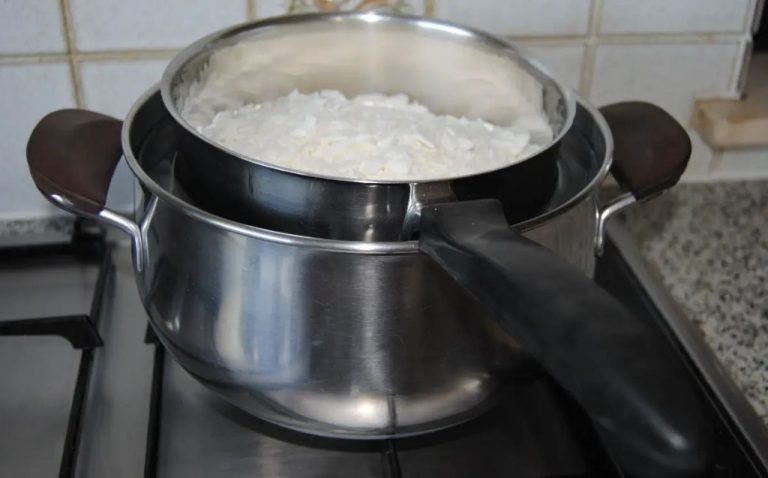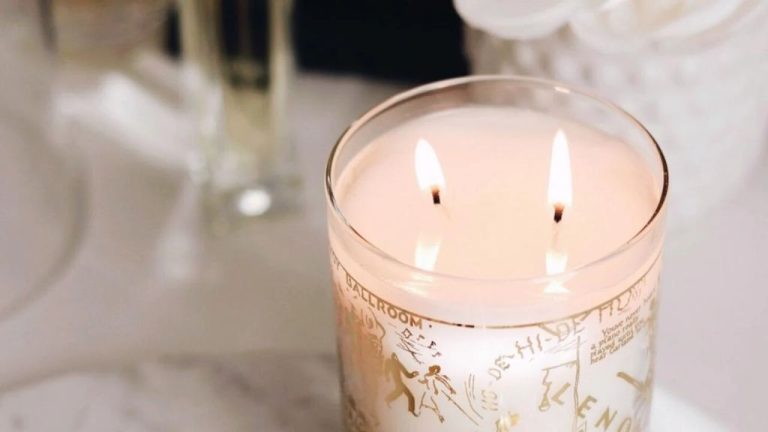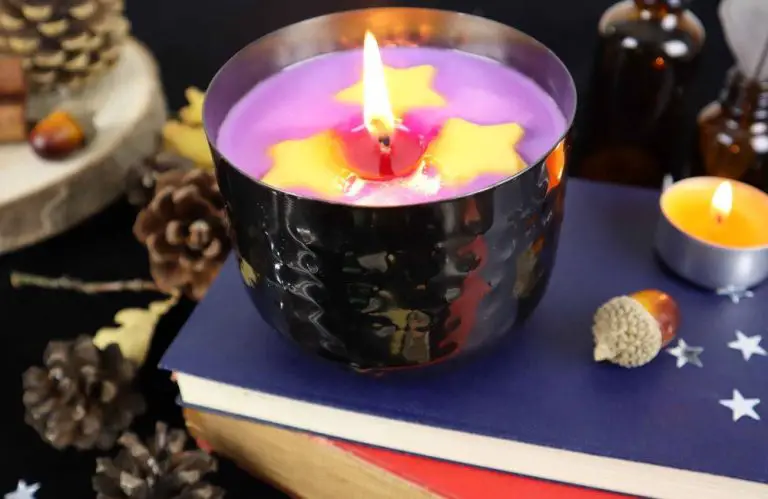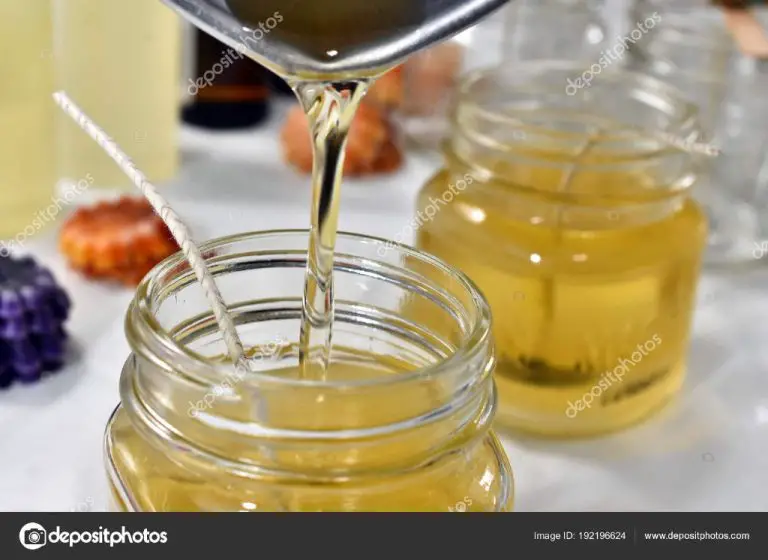What Essential Oil Has The Longest Shelf Life?
Essential oils are concentrated extracts of plants, made through distillation or a cold pressing method. They contain the aromatic compounds responsible for the distinct smell and properties of each oil. Shelf life refers to the length of time an essential oil will retain its properties, effectiveness, and quality before it spoils or starts to lose potency.
Shelf life is important for essential oils because after a certain period their chemical composition begins to degrade. Factors like improper storage, exposure to sunlight, heat and oxygen can cause the delicate compounds in essential oils to oxidize or evaporate. For example, citrus oils are volatile and their fragrance can dissipate over time. An expired oil may smell rancid or odd, or not be as strong as a fresh version.
Knowing the expected shelf life of each essential oil allows you to use and store them properly. This ensures you get the full benefits and expected results from their therapeutic properties. Shelf life varies widely between oil types, so it’s important to understand which last the longest, and how to maximize an oil’s freshness.
What Impacts Shelf Life
There are several key factors that can impact how long an essential oil will last before expiring:
- Oxygen – Exposure to oxygen can cause essential oils to oxidize and lose their potency more quickly. Storing oils in air-tight containers is important.
- Light – Light can also degrade essential oils over time. Amber or cobalt blue bottles help block light.
- Heat – Heat speeds up the evaporation and oxidation of oils. Storing oils in a cool, dark place helps prolong their shelf life.
- Bottle material – Glass and aluminum bottles are best for storing oils long-term. Plastics can sometimes leach chemicals into oils.
- Oil quality – Higher quality oils that are carefully extracted and stored tend to have longer shelf lives than cheaper oils.
Taking steps to minimize exposure to oxygen, light, and heat can help extend an essential oil’s shelf life significantly.
Carrier Oils vs. Essential Oils
Carrier oils and essential oils originate from different parts of plants and undergo different extraction processes, which impacts their chemical makeup. This leads to carrier oils generally having much longer shelf lives than essential oils.
Carrier oils are extracted from the fatty portions of plants, like seeds, kernels, and nuts. Their main components are triglycerides and fatty acids. The triglycerides are more stable and less volatile than the aromatic compounds found in essential oils, allowing carrier oils to last 1-2 years or longer.
In contrast, essential oils are extracted from the leaves, bark, stems, flowers, or roots of plants. They contain volatile aromatic compounds like terpenes and phenylpropanoids. The volatility provides therapeutic benefits but also means essential oils oxidize and degrade more quickly, giving them shorter shelf lives of around 1-2 years.
Understanding these intrinsic differences helps explain why carrier oils have very long shelf lives of 2+ years, while most essential oils last 1-2 years before deteriorating.
The Longest Lasting Oils
Of all the essential oils, three stand out as having exceptionally long shelf lives of 4-8 years: patchouli, sandalwood, and cedarwood. These oils contain large, heavy molecules that do not degrade or evaporate quickly over time. According to one source, patchouli, sandalwood, and cedarwood oils can last up to 8 years if properly stored (Top 10 long lasting essential oils).
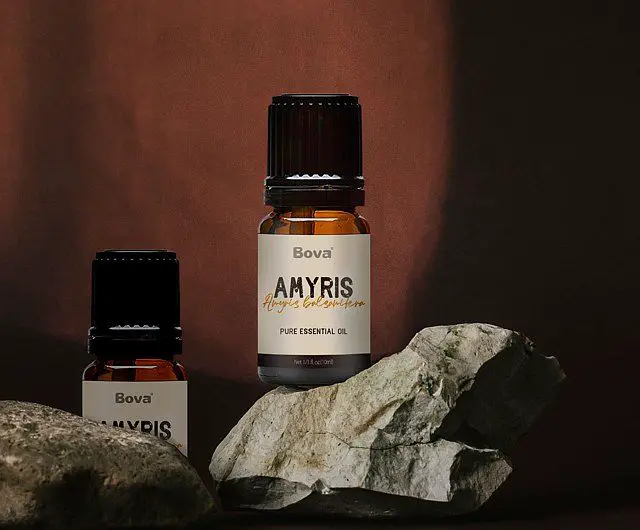
Patchouli oil in particular is known for its very long shelf life. Its deep, musky aroma persists for many years due to the stability of its complex chemical composition. Similarly, sandalwood oil maintains its rich, woody fragrance for a remarkably long time. And cedarwood oil retains its clean, refreshing evergreen scent for up to 8 years when kept in a cool, dark place.
So for the longest-lasting essential oils, choose patchouli, sandalwood, or cedarwood. Just a small bottle will provide aromatherapy benefits for many years to come.
Oils with Medium Shelf Lives
Several essential oils are estimated to have shelf lives of 2-4 years if stored properly. These include popular oils like lavender, eucalyptus, and tea tree.
Lavender oil has a shelf life of about 2-4 years, according to sources (https://www.aromaweb.com/articles/essentialoilshelflife.asp). This versatile oil is commonly used for its soothing, relaxing properties. With proper storage in a cool, dark place, lavender oil can maintain its therapeutic benefits for a few years.
Eucalyptus oil also has an estimated shelf life of 2-4 years (https://medium.com/@stephanieariel/essential-oil-shelf-life-fact-vs-fiction-de839c2cb609). Known for its refreshing, invigorating scent and topical uses, eucalyptus can retain its key compounds when kept away from heat, light, and oxygen.
Similarly, tea tree oil will generally last 2-4 years before losing its potency. Tea tree oil is valued for its cleansing, purifying properties. With proper storage methods, it can maintain its signature medicinal aroma and uses for a few years.
Oils with Shorter Shelf Lives
Citrus oils like lemon typically only last 6-12 months before oxidizing and losing their aroma and therapeutic benefits, according to AromaWeb (source). This is due to the high amounts of limonene they contain. Other citrus oils like sweet orange and grapefruit also have shorter shelf lives of about 1 year.
Bergamot is another essential oil with a shorter shelf life of around 1 year or less, as noted by Aromatics (source). Its chemical composition leads it to oxidize faster.
Ylang ylang is an exotic floral oil that also only lasts about 1 year before losing its aroma and properties, according to research from Artisan Aromatics (source). So this is another oil with a shorter shelf life to be aware of.
Maximizing Shelf Life
Proper storage is critical for maximizing the shelf life of essential oils. Oils should be stored in dark glass bottles and kept away from light, heat, and oxygen to prevent oxidation. According to New Directions Aromatics, oils stored in small bottles will last longer than oils in large bottles because there is less air exposure each time the bottle is opened. They recommend buying oils in sizes you’ll use up in 3-6 months and storing any excess oil in the refrigerator.
High quality oils also tend to have longer shelf lives than lower grades. Pure therapeutic grade oils that haven’t been diluted contain natural preservatives that protect against spoilage. Carrier oils like jojoba and fractionated coconut oil help dilute essential oils while increasing shelf life. Proper storage along with buying small quantities of pure, undiluted oils can extend shelf life significantly.
Signs of Expired Oils
The shelf life of essential oils can vary widely, but there are some telltale signs that an oil may be past its prime and should be discarded. The most important indicator is change in smell. Essential oils are highly concentrated and their aromas should remain consistent. If an oil smells weaker, harsher, or different than when first opened, it is likely oxidized and spoiled.
Changes in oil texture and appearance can also signal expiration. Oils may become cloudy, chunky, thicker or thinner over time. Separation of components is another red flag. The color of an essential oil may also darken or fade. If any physical changes are noticed, the oil should not be used.
Always trust your senses when evaluating essential oils. If anything smells, looks or feels “off” compared to a fresh, high-quality version of that oil, err on the side of caution and replace it. Storage conditions play a key role in shelf life, but degradation will eventually occur no matter how well an oil is maintained.
Uses for Expired Oils
While essential oils should not be applied directly to the skin or ingested past their expiration date, there are still some safe ways to use up old essential oils. Oils that have lost their therapeutic potency and aroma can be put to good use in soaps, candles, cleaning products and more.
Adding a small amount of expired essential oils to homemade soaps, detergents, or surface cleaners can provide a pleasant fragrance. The soapmaking and dilution process helps mitigate skin irritation from expired oils. Just avoid using large amounts of old oils in leave-on products like lotions.
For candles, essential oils mainly provide scent and will still do the job even if oxidized. Mix 5-10 drops of the expired oil per ounce of candle wax. Don’t use more as extra oil can clog the wick and prevent proper burning.
Expired citrus oils like lemon and orange can work as degreasers and cleaning boosters when mixed with vinegar or baking soda solutions. Just avoid directly inhaling the vapors when cleaning, and never apply undiluted oils on surfaces.
The potency of essential oils deteriorates over time, so they are no longer considered safe for dermatological or aromatherapy use past their expiration date. Avoid applying expired oils to your skin or breathing them directly from the bottle. Discontinue use if you experience irritation or discomfort.
Conclusion
In summary, the essential oils with the longest shelf lives are patchouli, sandalwood, and frankincense. When stored properly, these oils can last upwards of 10 years or more before oxidizing. To get the most longevity out of any essential oil, be sure to store them in dark glass bottles away from light, heat, and oxygen exposure. Keep them in a cool, dark place like a pantry or cupboard. With proper storage, most high quality essential oils can last 2-5 years. While essential oils can go bad over time, there are still safe uses for old and oxidized oils, like making soaps or cleaning products. The shelf life of an essential oil depends on many factors, but patchouli, sandalwood, and frankincense consistently prove to have the longest lasting power.

